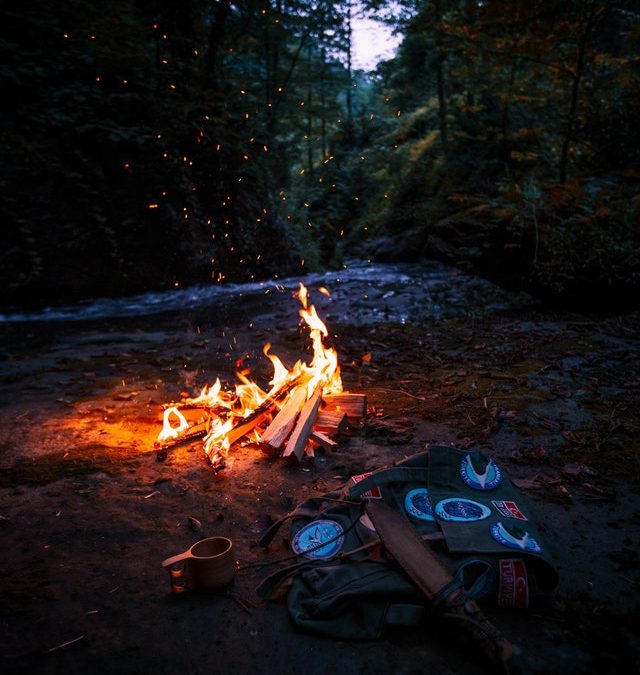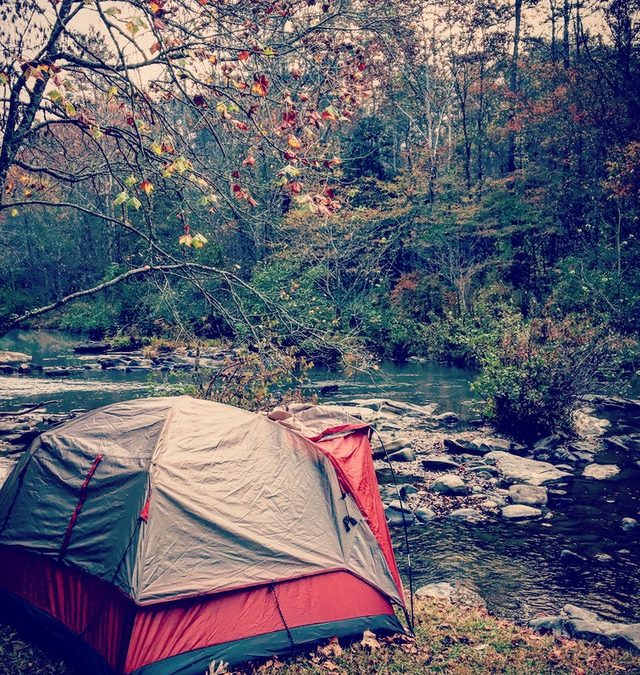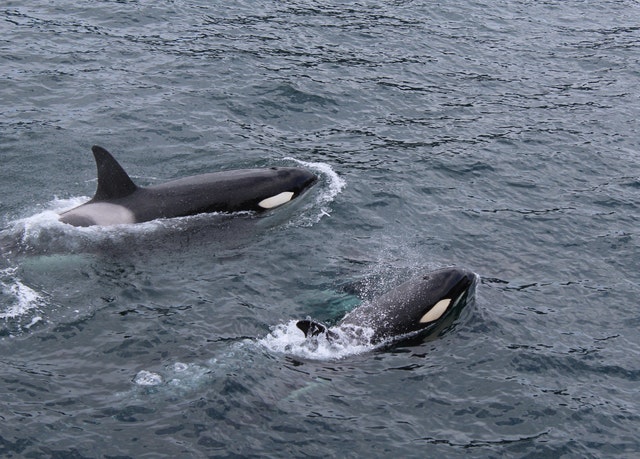Today’s Activities
Read
Have an adult read you this story from the Iroquois tribe. Native Americans would tell tales to help understand and explain the natural world around them.
Explore
In the past, people did not have the internet or books to help them research and then to understand something in the natural world. As you heard in the story about how the bear lost his tail, it was a story to help explain what Native Americans noticed and wondered about. Imagine you are someone in the past. Think about an animal/plant/mountain–anything in the natural world.. What do you wonder about it? Draw a picture and then think about a story you could make up about why it looks like it does, and/or if an animal, why it moves, makes sounds, eats what it eats and so forth.
Example: Why does coyote howl? Why does a gopher go underground? Why does the river ‘roar’?
Draw a picture, and think about what would happen first, next and last in your tale. Write (or tell to an adult) the sentences using this writing paper. You may need more than one sheet. Remember when you do the writing, spell the words you know, and sound out the rest!
Number Lines
Number Line Activity: This activity works on estimation and unit spacing.
You determine where on a number line the given number would be placed–how many ‘jumps’ or iterations to get to the ‘mystery spot’. Remember number lines go on forever in both directions–think Buzz Lightyear, ‘to infinity and beyond’. Use this template to practice and then use the wonderful online number line too. It is free and can be downloaded on all platforms.
Shadow Science
Listen to this read aloud to learn all about how shadows are made. Then, watch this video that show some fun ways to explore making shadows. A fun thing to do around the campfire is make shadows or guess what shadows you see. If you don’t have a campfire and/or you are camping in your house, you can use a flashlight.
Extend
Navajo Fry Bread is a bread the Navajo Tribe started making almost 150 years ago. The Navajo Tribe was forced to leave their land by the US government. The new land they were moved to was not good for growing the vegetables and beans that the Navajo were used to growing and eating. The Navajo were given, by the governement, flour, salt and lard (think of butter) when they got to their new land so they would not starve. Fry bread became a big part of the diet of Navajo tribe and is still made today by the Navajo and many other tribes of Native Americans. In the past it was cooked over a campfire, as you can still do today, but this recipe shows how to cook it over a stovetop. You can be a big help in all the steps EXCEPT the frying. An adult will have to do that part. The fry bread is delicious with cinnamon and powdered sugar (not traditional by still yummy)! Watch this video to see how it’s done!
Get Moving!
The school year has come to an end. Let’s jump spell words to know, using these slides. You are a kindergarten rockstar! Read, the word, count how many letters and then jump and say each letter as you spell it and then say the word one more time.
Did you do today’s activities?
Push the button below to let us know you’ve completed the activities below:
Teaching Tips
Accessibility Feature
Turning on transcripts for YouTube Videos [PDF]
Additional lessons are available for this grade level by pressing “More Lessons” above, or selecting a lesson below:

Backyard Camping
Today's ActivitiesListen to 'Backyard Camping' You will see lots of words you know how to read. You can turn down the volume and read all the words you recognize or can sound out. When done listening, answer these questions about the story (have an adult read the...

Have you ever been camping?
Today's ActivitiesListen to 'A Camping Spree with Mr. Magee' and do this worksheet to retell the important parts of the story. Retell the story. Who are the characters? What is the setting? Was there a problem in the story? Why did the problem occur? Was more than one...

Whales!
Today's ActivitiesListen to the story - "The Snail and the Whale" as you listen to the story, make a list of words that you hear that rhyme. Rhyming words sounds alike. How many did you find? Draw a picture of the snail on the whale. Finish this sentence frame: If I...
